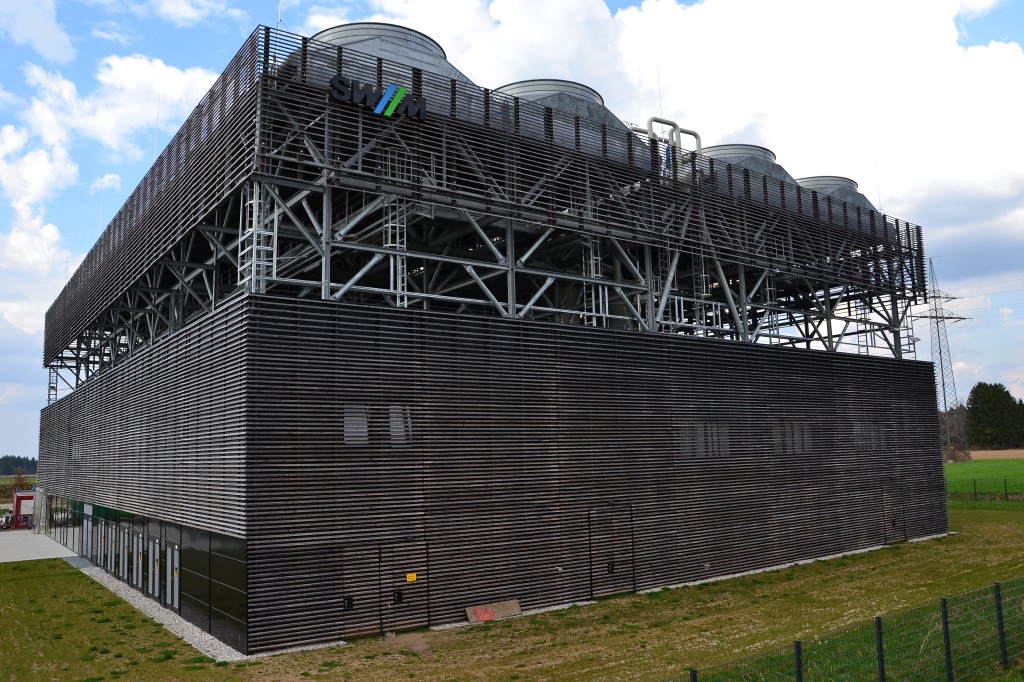Holzkirchen geothermal project to start construction spring 2018
The combined geothermal heat and power plant at Holzkirchen in Germany is expected to start construction this spring with planned start of operation in the first quarter of 2019.
As reported earlier this month, the geothermal heating and power project in Holzkirchen in Bavaria/ Germany has made a major step forward. In a decision by the municipality council, a building application for the plant was approved and construction can now be scheduled to begin in the spring of this year. Electricity generated from the plant is then expected to be fed into the grid after 12 months from the start of construction.
There is a certain rush, as the project could profit from existing feed-in-tariffs for one year long should it be able to start operation in the first quarter of 2019.
The construction of the district heating plant including storage hall and water pipes began in September 2017 and the roof is already in place.
The heat exchanges will be set up in the summer of this year, while the part that makes the project financially so attractive, the power plant will be built right after.
In this second phase of construction, several elements are to be installed: air condensers (around 81.50 by 15.70 meters with a wall height of 14.50 meters), switchgear (around 40 by ten meters with a wall height of ten meters) and the power house ( nearly 40 by 27 meters, 9.30 meters high).
The client is Geothermie Holzkirchen GmbH, a municipality owned company. Construction could start as early as this spring. The power plant will be built by Italian ORC supplier Turboden that won a tender for the project last year.
The unexpectedly high temperatures – 150 degrees Celsius – has also increased the expected performance of the project in Holzkirchen, although the amount of charge instead of the expected 65 litres per second comes only out at around 55 liters per second. As a result, the thermal output increases from the expected 20.7 to 24.5 megawatts, and the electric power of the power station from 2.8 to 3.4 MW. The project calculates with annual revenues of EUR 6 million (or around $73 million).
This spring, the construction of the main piping for the district heating should begin. If everything goes according to plan, the heat from the 5,000 meters deep well should flow into households at the end of this year.
Source: Merkur.de


















